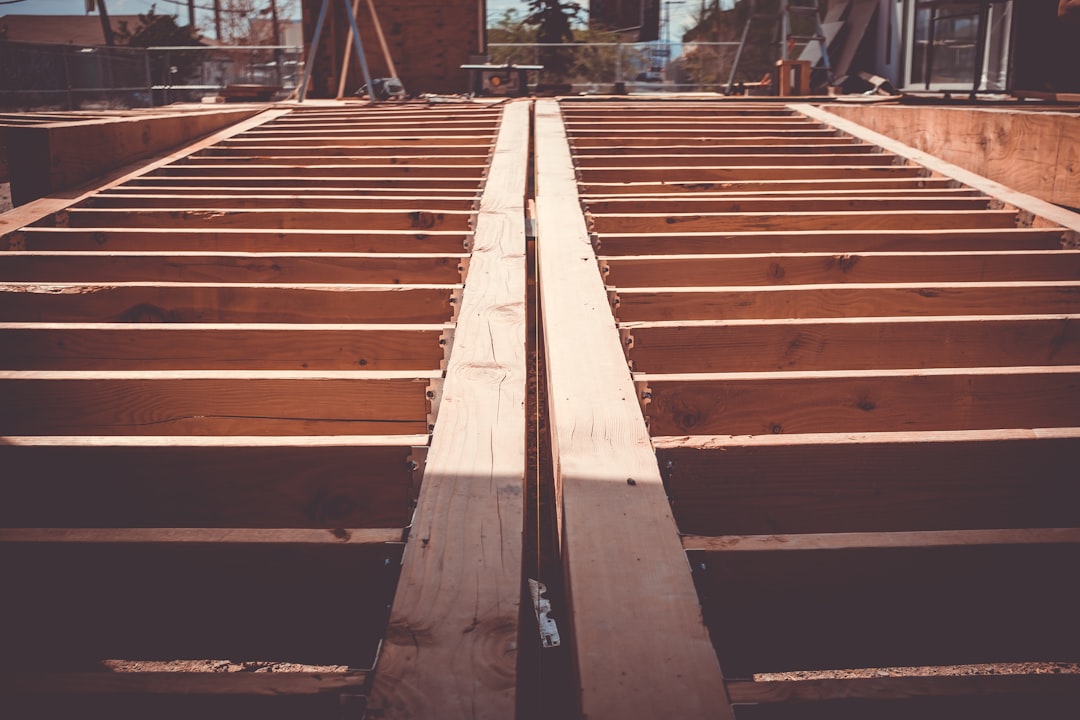
For construction professionals, understanding the cost to restain a deck is crucial. In Boston, the cost can range from $875 to $2,100 for a 350-square-foot deck, depending on factors like exposure and stain quality. Accurate estimates are essential for project planning and client satisfaction.
Boston's climate can damage exterior wood, making restaining a high ROI task. It extends deck life, reduces repairs, and enhances aesthetics.
Understanding cost components helps in budgeting:
Includes sanding, pressure washing, and repairs. Costs vary based on deck condition.
Stain quality affects longevity. Costs range from $35 to $70+ per gallon.
Labor costs are significant, with professional application ranging from $1.20 to $2.50 per sq ft.
For a 350-square-foot deck:
Our workflow simplifies estimating:
A South End brownstone deck estimate was $2,480, including sanding, stain, and board replacement.
DIY costs around $400, but professional services offer speed and warranty-backed finishes.

CountBricks offers more than pricing. We integrate scheduling, procurement, and invoicing for seamless project management.
Using a high-solid alkyd stain, moisture levels remained low, saving $1,100 over traditional schedules.
Pairing cost insights with project controls transforms restaining into a predictable maintenance task. Explore more at CountBricks.com.